Unfortunately, there's no "right" answer for what types of paints and brushes you should use, shortround. It comes down to what you're comfortable with. If you've never painted models, it's going to be a learning process of basically finding out what you feel comfortable with.
Now there are some tips I would suggest. First of all, if you do plan on using brushes exclusively, I suggest you invest in good quality brushes. Don't buy the cheap hobby paint brushes that have coarse bristles/hairs. Spend a few dollars extra for sable or synthetic hair brushes. Here's an example of a basic set of decent quality model brushes made by Tamiya:
http://www.hlj.com/product/TAM87067This is a good set because it includes three different types and sizes of brush heads for varying paint application needs. I bought a set of 3 synthetic hair brushes at a local hobby and crafts store for $6 and they work just fine. So the Tamiya brush set is just an example. I suggest buying supplies locally when you can.
Then there's the consideration of what type of paint to use. There are three varieties: Acrylic, enamel, and lacquer.
Acrylic is a water soluble paint, which doesn't require harsh thinners like enamels and lacquers. However, acrylic paint takes a longer time to fully cure, though it dries faster than enamel and lacquer paint. Even when fully cured, acrylic paint isn't as resistant to wear and tear as enamel and lacquer paint.
Generally lacquer paint is the hardest of the three varieties of paint when fully cured but enamel paint is very durable too.
A drawback of painting by brush is that you can have brush marks show in the paint if you overwork the paint(ie. go over the same spot with paint over and over again) and/or if you don't have enough thinner in your paint mix. Acrylic, due to is quick drying time, tends to have more potential for visible brush marks. Enamel and lacquer are easier to deal with because of their slower drying times, which allows the paint to level out on the surface.
If you don't have a lot of painting experience, you may want to try acrylic paint first and see how you do with hand brushing paint. As far as what brands, I suggest checking your local hobby and craft stores to see what brands of hobby paint they carry. Testors is a common brand and it offers all three types of paint, I believe. I've heard good things about Gunze Sangyo's Mr. Color line of acrylic paints.
Mr. Color Leveling Thinner is apparently a great thinner for the Mr. Color acrylic paint because it allows acrylic paint to level out more due to slowing down the drying time.
You could also apply paint via airbrush or spray paint. The former requires a significant investment in equipment but it is very useful for painting once you become proficient in airbrushing. The latter can become expensive if you rely on it for painting in the long run.
However, no one can exclusively use an airbrush or spray paint if they plan on also painting fine details on models, which require a fine tip brush.
There's also consideration for how well you want your paint work to hold up. The basic steps for a good resulting paint doesn't start with the paint. It starts with cleaning and priming the surface of the model parts. The plastic runners/gates/plates/trees/whatever-you-want-to-call-them usually have mold release/grease that is used in the molding process to allow them to separate from the molds with more ease. This grease/lubricant interferes with any kind of paint's ability to adhere to the surface you paint on. So you can clean the plastic parts with just water and a soap like dish washing detergent.
However, even with clean plastic parts, paint won't adhere that well to bare plastic. This is where priming comes in. Using a primer to coat the surface of the plastic parts gives the paint you use a surface that the paint can adhere well to. The problem with primers is that they generally come in black, white, and grey colours. This means whatever you prime with a primer will need a total repaint.
Not everyone uses primer to prime their models, though. Some people use flat clear coat like Testors Dullcote. I've tested this and basically, I used Tamiya acrylic paint on a piece of bare plastic and then the same paint on a piece of plastic that was treated with Testors Dullcote. The result was that the paint didn't coat the bare plastic evenly whereas the plastic that was treated with Dullcote provided a surface that allowed an even coating of paint with a single brush stroke.
Now I specifically mentioned using flat clear coat as an alternative to standard primer because if you use a gloss clear coat, the resulting glossy surface isn't going to hold paint that well, though it is an ideal surface for paint washes and also for water slide decal application.
The benefit of using a clear coat instead of a primer to prime a model for painting is that the clear coat doesn't change the colour of a part so if you only wanted to paint a select few parts, a clear coat won't force you to paint more than just the parts you want to paint.
I know this is a lot of information but it's honestly just the tip of the iceberg when it comes to model painting. There are some good FAQs and tutorials for Gundam model/Gunpla painting at various web sites and hobby forums. You should do a search with Google for them if you want really in-depth information.
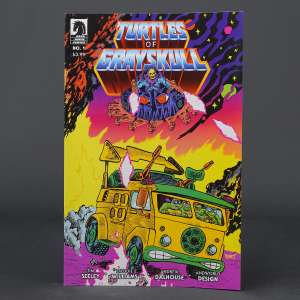
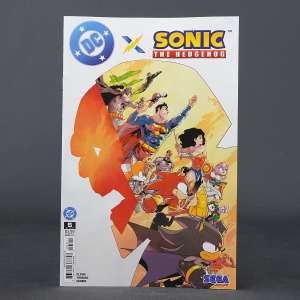


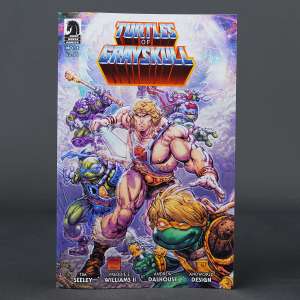
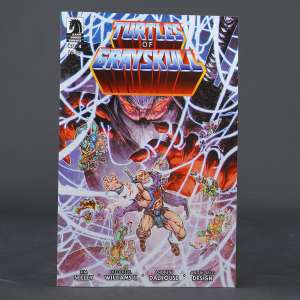

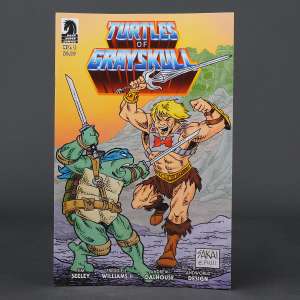
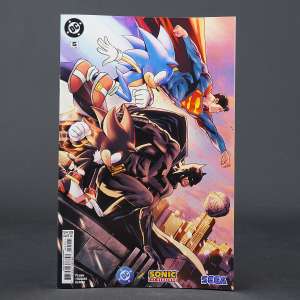
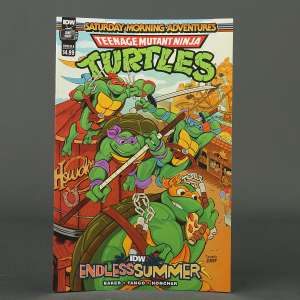
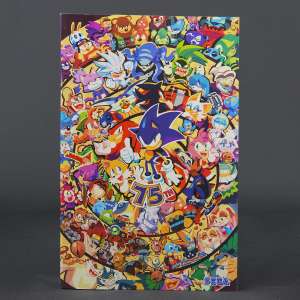
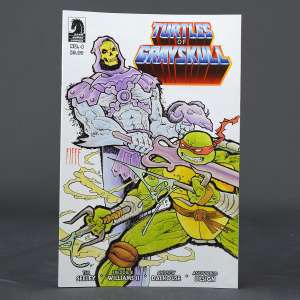

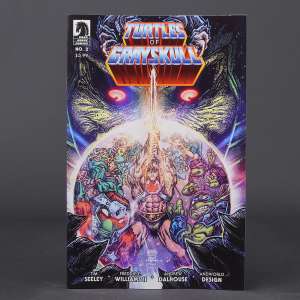
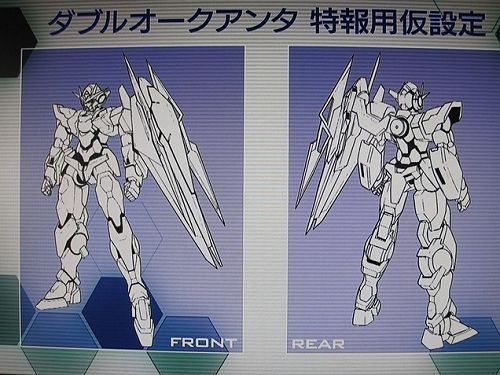


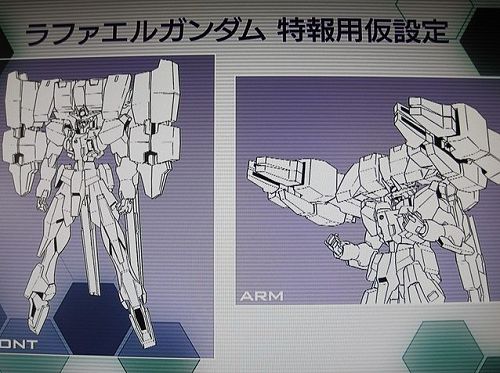
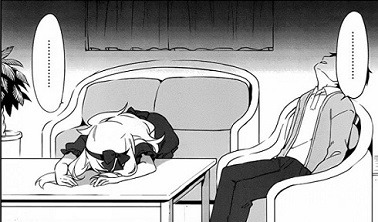








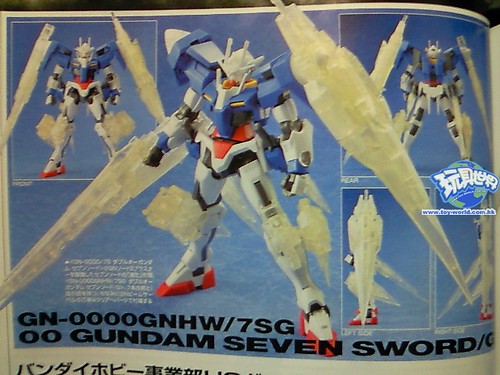






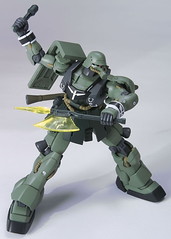
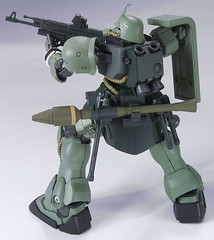

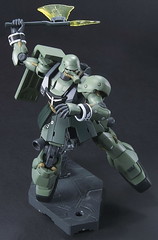









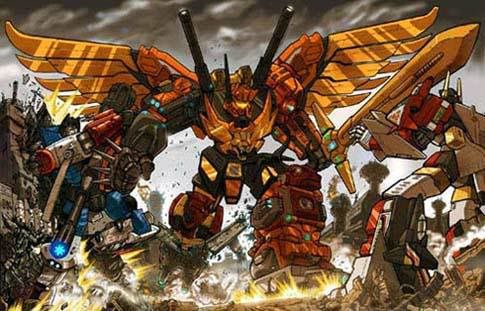













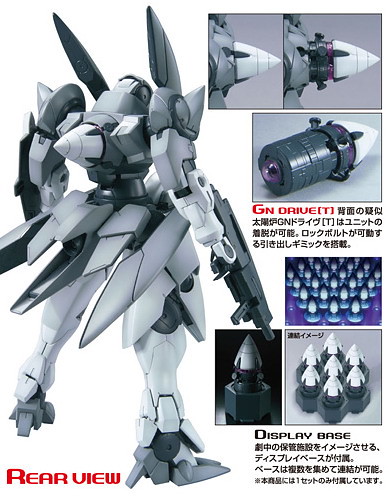
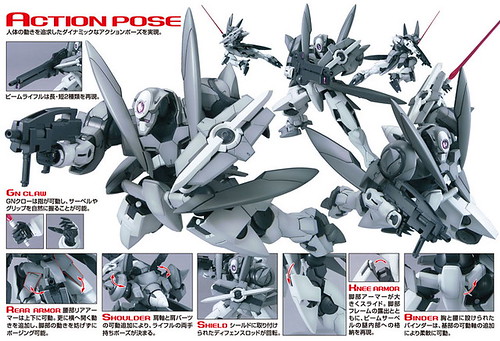
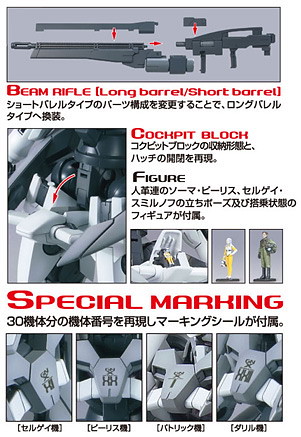



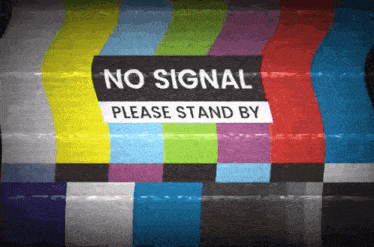 [ Click to attempt signal recovery... ]
[ Click to attempt signal recovery... ]













